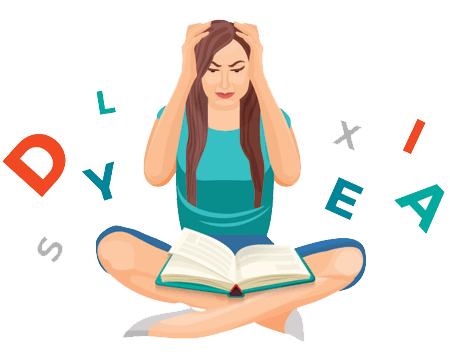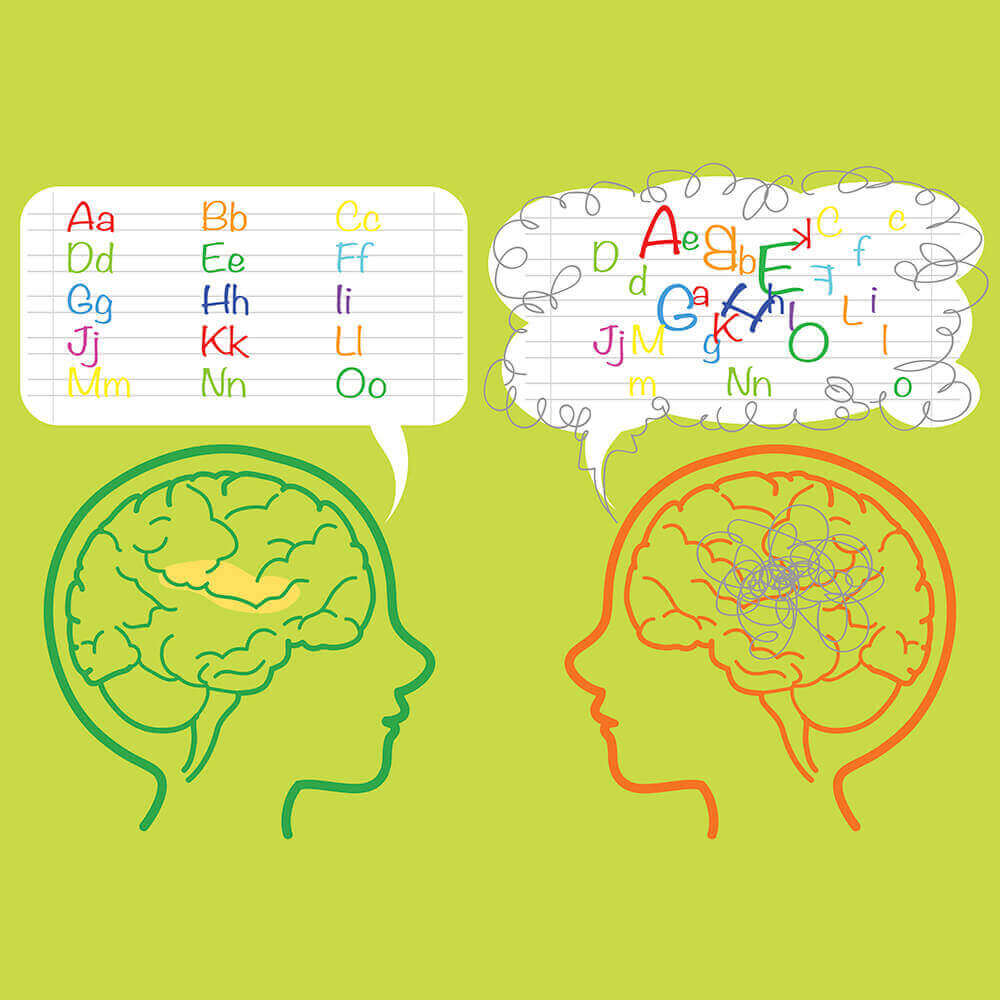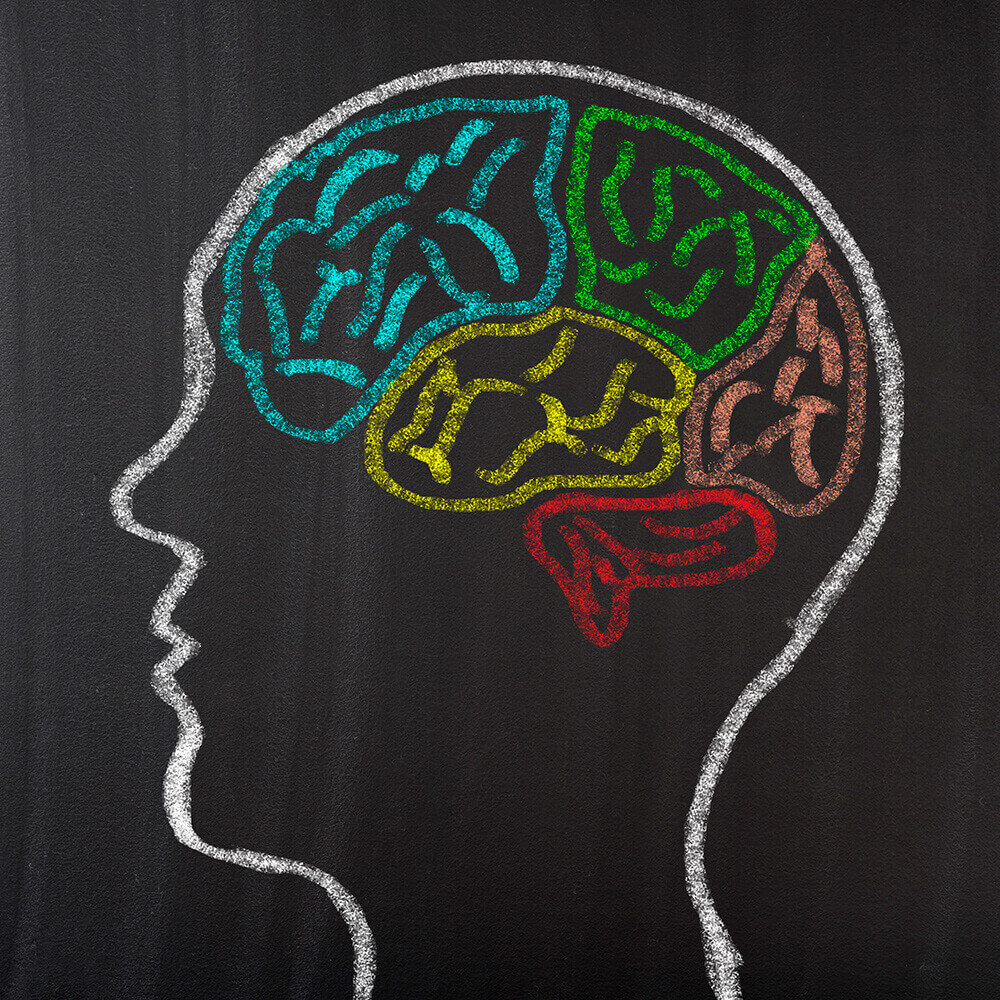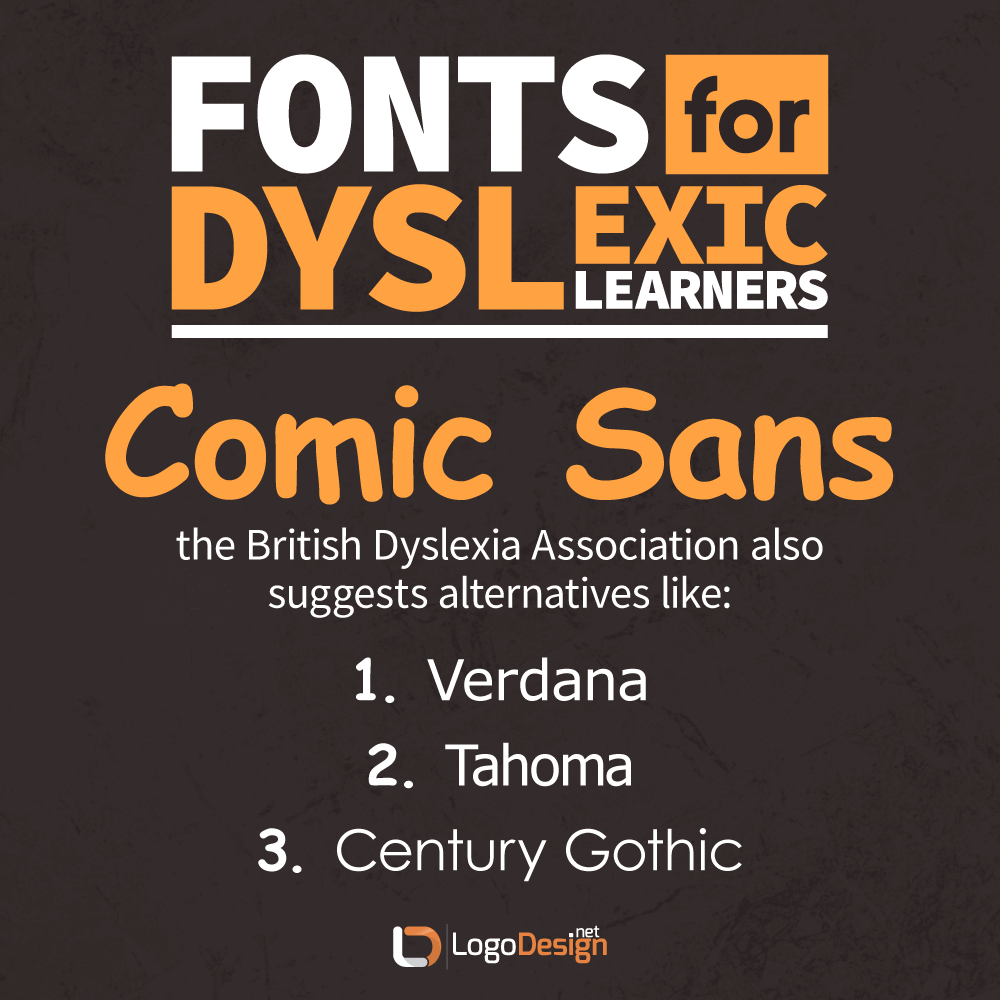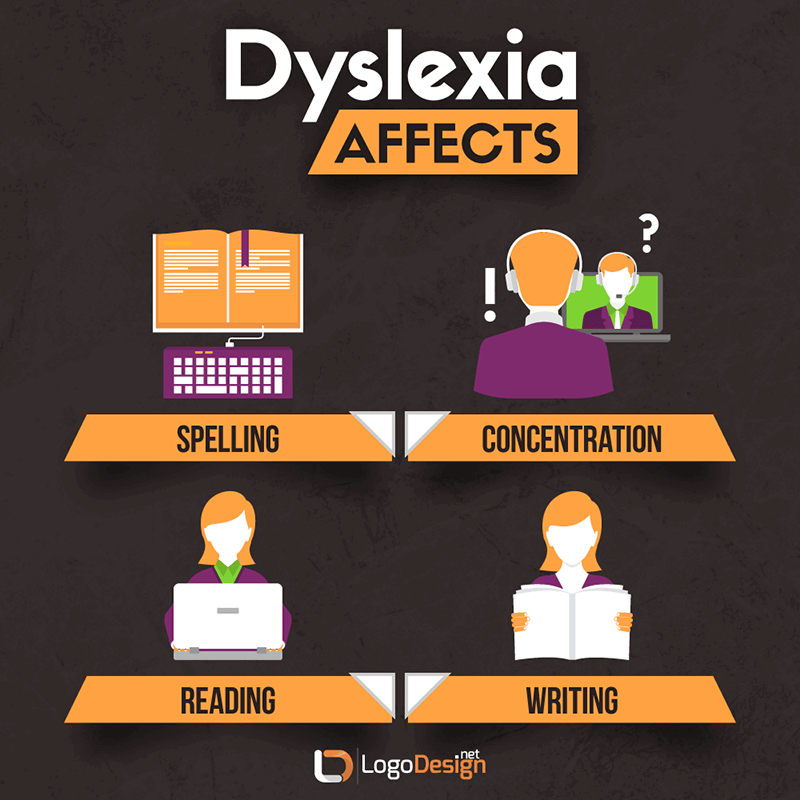SALES / SUPPORT : 844-232-4816
How Learning Graphic Design May Help Kids with Dyslexia
In today's world, dyslexia is seen as a growing problem without a direct solution. A specific learning difficulty, it can greatly impact the ability of a child to learn effectively, as it affects such skills as reading and writing. It is also increasingly common. The National Health Service, for instance, estimates that up to one in every ten people in the United Kingdom has "some degree of dyslexia."
Apart from the basic difficulties in learning the art of reading and writing, such as misplacing letters in a word or writing letters the wrong way around, dyslexia can also
impact a child's ability to follow a sequence of directions, especially if they are written down rather than related orally. A dyslexic child may have trouble with planning and organization skills, as well. Though all of these things may seriously affect the child's education and other aspects of the child’s life, it doesn’t mean that their progress will be irrevocably halted.
Progressive teachers are well educated on the different learning styles, including visual or spatial learning. According to author Alexandra Golon, the term "visual-spatial learner" was first created in 1981 by Dr. Linda Silverman, to "define students who think in images."Children with dyslexia are far more likely to be this type of learner.

istock.com/LisaAlisa_ill
The potential of images and graphics to teach children with dyslexia is well illustrated — quite literally — by the existence of books such as The Illustrated Guide to Dyslexia and Its Amazing People . Designed to be read and enjoyed by children with dyslexia together with their parents, it features minimal wording and extensive imagery.
Since dyslexia reflects a difficulty in processing language-based information, learning graphic design can be helpful for a dyslexic child to be able to not only communicate effectively in a medium they understand, but also truly excel in an area that they feel comfortable in
Krista Gauthier, Founder and Director of Sliding Doors STEM and Dyslexia Learning Center, feels children with dyslexia learn
better through this Universal Design Learning - an educational framework that makes use of visuals, engagement and their cognitive abilities. In her interview she tells us in detail how learning graphic design may give kids with dyslexia an advantage in learning, who otherwise, would not have the opportunity in conventional learning environment.
What Learning Graphic Design Can Do For A Dyslexic Child
Dyslexia creates a true and lasting struggle within a child who is attempting to learn the traditional way.
In a traditional setting, with homework and books and written tests, dyslexia can fuel a child’s lack of self confidence, contributing to a poor self image and a dread of new situations. Due to these difficulties, it may appear that a child with dyslexia is procrastinating unduly or even just shirking the work they need to put in in order to learn effectively.
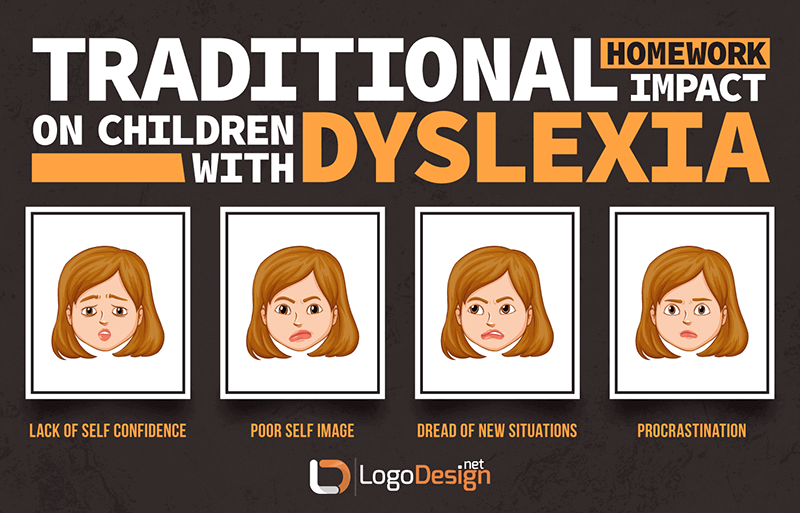
By using visual learning techniques, however, the child is put in a position where they are automatically much more comfortable. With that basis, it will be easier and more natural for them to find what their strengths are, and focus on them.
The teacher's training book Supporting Dyslexic Pupils in the Secondary Curriculum: Dyslexia and Art, Craft, and Design, by Moira Thomson, lists some possible "significant strengths of dyslexic pupils." Some of these include the abilities to "imagine how an image would appear from another perspective"and "view pictures/diagrams proportionately," as well as "excellence in computer graphics and animation" and "vivid imaginations resulting in uniquely creative solutions." Each of these strengths would assist greatly in learning and becoming skilled at graphic design.
Learning and putting into practice the principles of graphic design also contributes to another aspect of learning that dyslexic children often respond well to: learning by doing.
Many visual spatial learners are also hands on learners, who do best when able to have practical experience when learning a theory or a task. This is also known as experiential learning. It is increasingly used in classrooms today, as research shows the value of letting a child get that practical experience by imitating a teacher or being directly guided by someone with more experience than they have.
So while learning through images will begin to help a dyslexic child to process information, actually putting the information into practice may help the child to retain it. Graphic design, which is defined by Merriam Webster as "the art of using design elements to convey information or create an effect," is an obvious outlet for someone who learns by visuals to then express that learning, also by visuals.
In terms of a child with dyslexia, the ability to design images in a way that is aesthetically pleasing and communicates a message effectively is the equivalent of both reading and speaking your mother tongue.
Specifics of Graphic Design and How It Relates to Dyslexia
Graphic design is all about communication. Not only does the designer want to present something that is aesthetically appealing to the viewer, they also have a message they want to get across, whether it be a call to action, a change in the mood, an inspiration, or a feeling.
Many specific aspects play into the communication of the message, which means that a designer has to be aware of several layers in order to make the design responsive and effective.
Things like the psychology of color, the choice of font, the shape of the overall design as well as the individual elements, the spacing, the amount of white space incorporated, the simplicity or complexity of the design, the coherency of the elements and how they relate to each other as well as to the viewer all dictate the efficacy of a finished piece of a design.
Rather than working in words, a child with dyslexia may find it easier to learn the meanings behind these visuals, picking up on the tone they communicate. Two dimensional objects are often perceived by dyslexic people as three dimensional, which can actually help a learning designer to manipulate individual elements of the design more effectively.
As far as the psychology of color goes, color choice may play a part in whether dyslexic children have "visual stress" when reading. "Visual stress refers to the inability to see comfortably and without distortion," notes the US National Library of Medicine. This is definitely a concern for dyslexic children, for whom letter distortion is a chronic problem. Colored text or colored overlays for the text may possibly assist in mitigating this problem, but according to that same article, the results for dyslexics and for other reading-related disabilities are inconclusive.
While the color of the text may make no difference in the dyslexic child's ability to read it and to design with it, the choice of colors themselves may actually appeal that much more to a dyslexic learner. Since they are based on visuals without language-based cues, colors are easier for a dyslexic learner to process, and they may have an easier time assigning emotions, tones, and values to the colors as they are selected for the design.
Color psychology in design has a lot to do with the palettes designers choose. Certain colors say certain things: for instance, blue is typically seen as steady and reliable, orange is stimulating and inspiring, yellow is warm and friendly and comfortable, red calls for action, and green is soothing and reflective.
For a dyslexic child learning graphic design, the messages behind colors may be easier to understand and transmit, since no actual written language needs to be involved.
Let's take a look at some of the specifics.
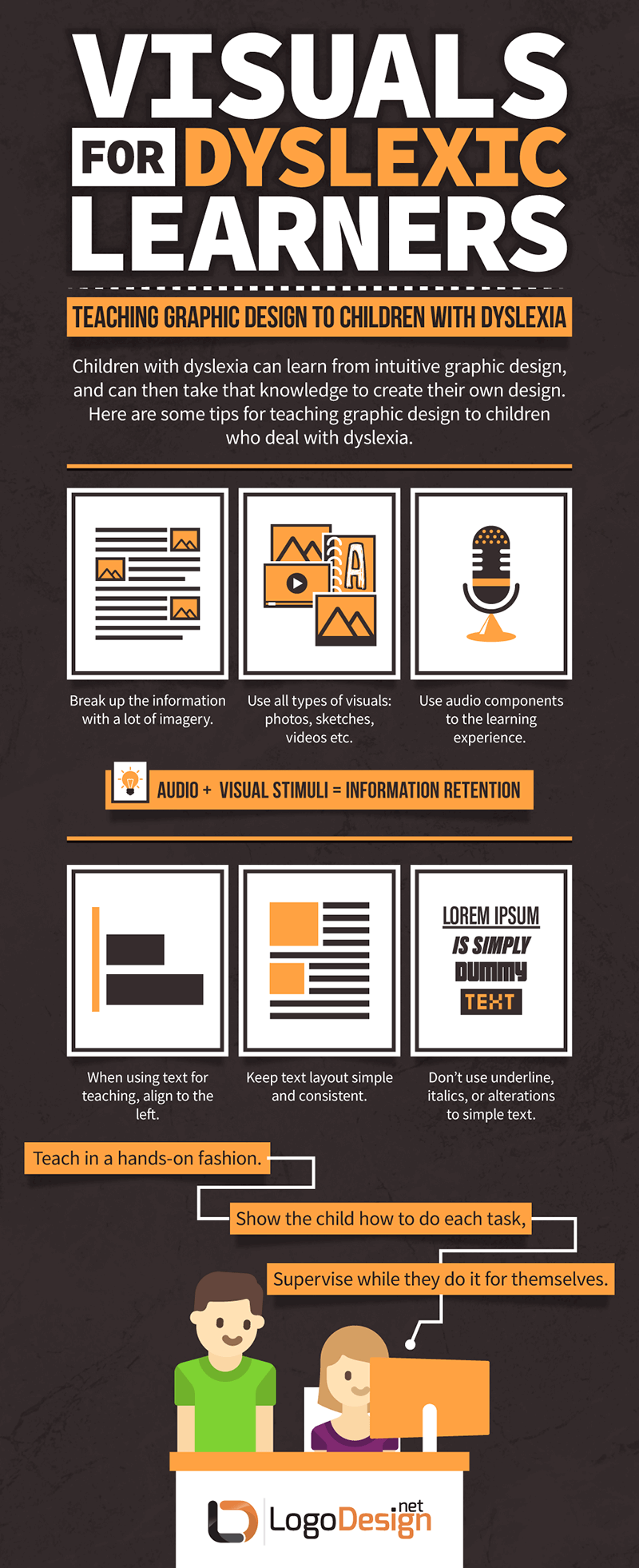
Concerns For Visual Learners — Even With Graphic Design
Of course, graphic design isn't usually taught solely through the use of pictures and images. And typography is often a large part of most graphic design. Should that short-circuit the dyslexic child in their learning journey?
Definitely not.As mentioned previously, today there is a greater awareness of the different learning types across the board. This translates into many skills being taught through visual aids, such as videos and audio files, infographics, and other images. While these can help in any situation, they are especially useful when it comes to complex skills that require a series of directions to be followed, such as in a tutorial for Adobe Illustrator or other graphic design software.
And when it comes to typography, at times the amount of typeface is extremely limited, perhaps even only a single letter, which can be changed or rotated to fit the aesthetic of the piece.
Choosing Typefaces That Will Assist Dyslexic Learners
Certain sources, such as the British Dyslexia Association Style Guide, which has a great deal of information on designing for dyslexic learners, suggests the use of “plain, evenly spaced sans serif font such as Arial or Comic Sans.” While the use of Comic Sans is kind of a running joke among graphic designers and font enthusiasts, for a dyslexic child first learning how to put things together in a layout, it may contribute greatly to their ability to understand the instructions on design, and the finished piece itself. (For those who absolutely refuse to use Comic Sans, the British Dyslexia Association also suggests alternatives like Verdana, Tahoma, and Century Gothic.)
The point behind these suggestions is that, while reading is a struggle even under the best of circumstances, being choosy with your fonts can help a child to be drawn to the look of the letters. This, in turn, can stimulate them to try to work with various typefaces in their own design. If they can understand what the type is saying, it will make it that much easier to incorporate it into the message of the design.
The Style Guide also suggests using dark text on a lighter background, though not a white background, and opting for larger font.
Not only that, but designers are working on typefaces that may actually assist a child with dyslexia to learn more easily from language-based information.
Designer Christian Boer, who struggled with dyslexia from childhood, wanted to create a font that would help others with the same struggle.
"Traditionally in typeface design, there are 'rules' that say it is best to make the letters as uniform as possible. If you make the arch of an "h" the same as an "n," it produces a typeface that is clean and quiet for ordinary readers. For me, these letters become three dimensional so you can turn them around they begin to look alike."
The aim of the type he has created, Dyslexie, is to "make reading, learning and working easier — and more fun" for those with dyslexia.
Clearly, learning design can help to equip a child not only to cope more effectively with their own struggles, but to have the skills needed to assist others as well.
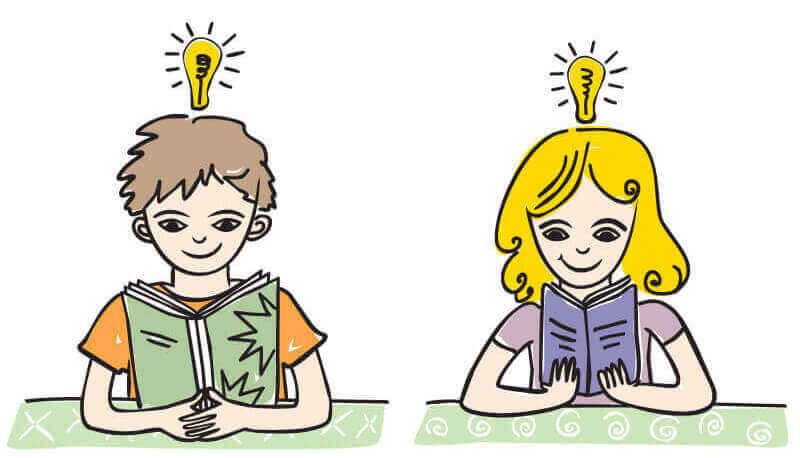
istock.com/tschitscherin
While a child with dyslexia may shy away from the task of reading due to past experiences, using text and typefaces that assist them in their fight against their disability may help them to reach out and embrace aspects of design that involve type. It may never be easy for a dyslexic child to read, but they can still learn to understand and appreciate the message that fonts are capable of sending. All of this facilitates communication, allowing the child to feel more confident as they reach out.
Learning via Images
Image-based or visual-based learning is ever more popular in a world that relies more and more heavily on brief, easily-assimilated chunks of information rather than lengthy pieces of text. For dyslexic kids, this is actually good news, since it means there are more ways readily available for them to learn.
Visuals such as infographics usually use limited text, or even no text at all, to convey their information.
While an infographic can be incredibly useful for a dyslexic learner all on its own, learning
how to design their own infographics can also help them to communicate information to others in a way that makes sense to them.
The infographic found here is an example of how these may work.
When a child is learning graphic design and is trained in how to actually put together their own infographic, it gives them the tools to teach others. With infographic design, a lot of care goes into such graphic design basics as color choice, spacing, and image selection; less effort may be directed to the words behind the infographic, since visual representations of the facts usually lend themselves to the design quite easily.
A Child's Success in Graphic Design - With Or Without Dyslexia
Learning graphic design may enable a child to not only feel more at ease and self confident, it may help them to hone the abilities that they already have: a heightened awareness of spatial relationships, a deeper understanding of how images relate to one another and how they communicate a message, a tone, and a feeling.
It's generally accepted and recognized that children with dyslexia and other learning disabilities tend to be creative; their brains are just as active as those without learning disabilities, and in struggling to learn, they often train themselves to think outside the box and reach for creative solutions to problems. Both of these things are extremely helpful qualities to a graphic designer.
While yellow is often considered to have a friendly, warm feeling to it, it is too much of a sensory stimulation for autistic students. Muted, neutral, and calm colors, however,
can trigger peaceful and positive emotions, helping the child to avoid the overstimulation that comes from overly bright color palettes.
Though color plays a very important role in stimulating cognition and eliciting emotions from a learner, it shouldn't be the only way of communicating visually, simply because there are some colors that transmit the wrong message, depending on the viewer.
According to "Profit From Design" author Soren Peterson, “To be successful, dyslexic people actually have to work harder to overcome their linguistic challenges.” Even if dyslexia isn’t directly linked to creativity, it can give the dyslexic child an advantage in creative endeavors.
So while graphic design may help children with dyslexia, dyslexia may actually help children with graphic design.
Architect and artist Bennett Strahan is dyslexic to the point that, as a child, he would read by holding books up to mirrors. Now, though, with a successful career, he credits his dyslexia with helping him to create "three dimensional thinking." "I think it has probably helped me more than any single thing I can think of."
Graphic design and other areas of the visual arts are not cures for dyslexia, but they may go a long way to helping a child grow in self confidence and the ability to communicate with others, even if by non traditional means. A happy, successful child should be the goal of any teacher or parent — and learning graphic design may help children with dyslexia reach that goal a little easier.
Reviewed by: Zaheer Dodhia
CEO and Founder LogoDesign.Net
